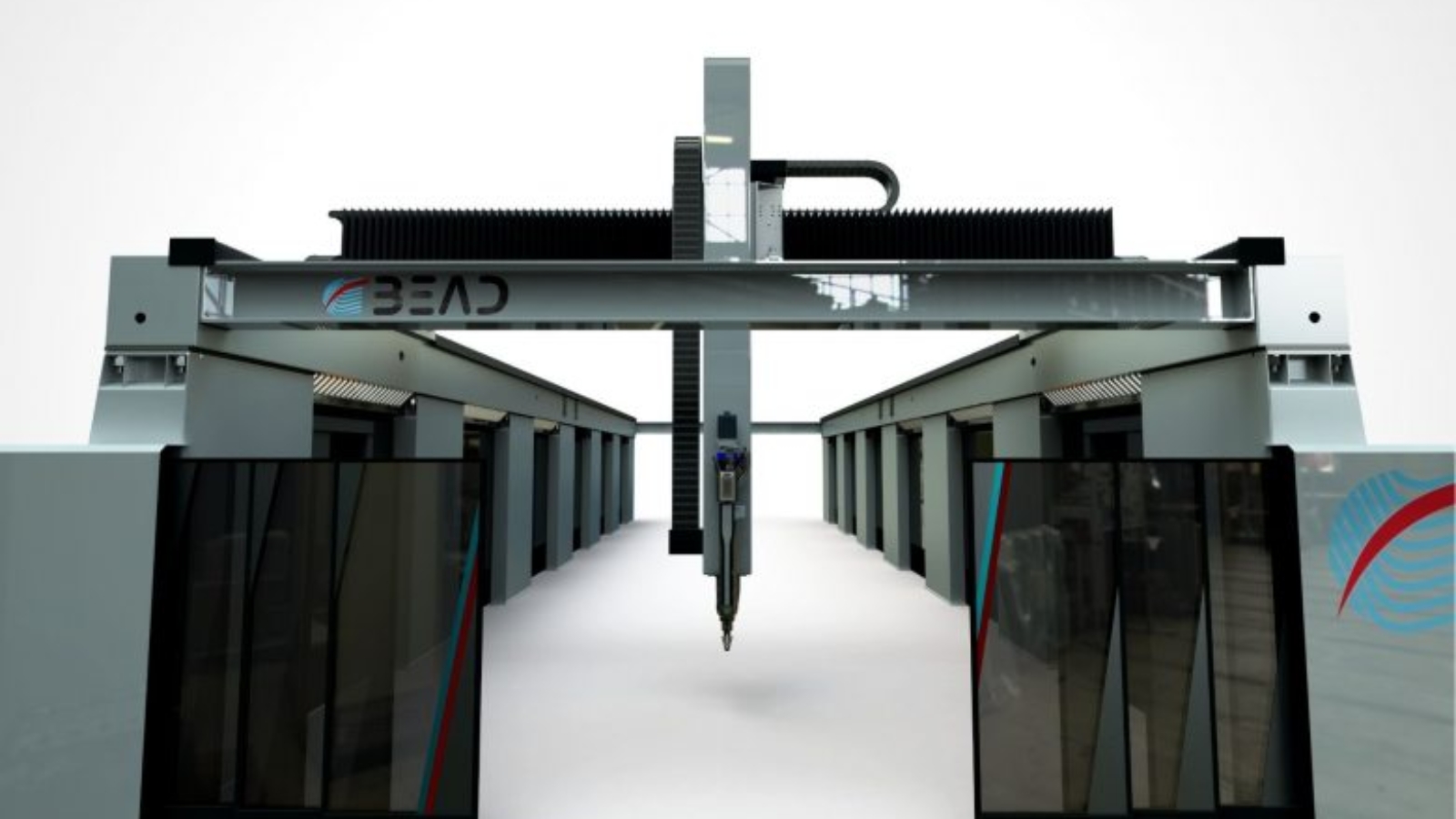All machines will be equipped with Siemens Sinumerik CNC automation systems, as the Siemens control has proven itself to be a strong system for both parties in their current machines. The Sinumerik CNC automation system is characterized as a highly productive automation solution across all production domains. Depending on the chosen configuration, its CNC performance allows up to 93 axes in 30 machining channels to be controlled in the NCU link. Machine concepts with fewer axes benefit from the performance of the Sinumerik since it offers the highest degree of machining precision with the shortest machining times. Based on the system openness of Sinumerik, the operation can be supplemented and adapted, which makes it a perfect fit for the new hybrid machines of CEAD and Belotti.
Manufacturing on Demand
“The main success factor for industrial additive manufacturing is a seamlessly integrated end-to-end value chain. At our Additive Manufacturing Experience Center (AMEC) in Erlangen, Germany, we demonstrate end-to-end automation and digitization solutions together with our partners. In 2019, we included CEAD into the AMEC, showcasing an end-to-end solution for large-scale composite AM to many visitors, partners, and customers. One of them has been Belotti. So, it is great to see that the AMEC was instrumental in establishing this new partnership, enriching a great AM ecosystem,” said Dr. Karsten Heuser, Vice President Additive Manufacturing at Siemens Digital Industries.
“This is the start of a great partnership. We will start our focus on the maritime and aerospace sector, producing molds, tooling, or even end parts, but this is only the beginning. We see many applications to which this solution can make a sustainable and time-effective change,” added Lucas Janssen, CEO at CEAD. Fiber-reinforced thermoplastic materials will be used in the process, ranging from commodity materials to high-temperature materials with glass or carbon fibers.
You might also like:
Sinterit adds auto nesting to SLS printing software: Nesting is the practice of methodically arranging several models into a single print job. It can be done manually by lining up distinct objects within the CAD/CAM environment, but tools like Sinterit’s new offering can automatically calculate optimal arrangements that result in maximum unit quantity within a single build. SLS is particularly amenable to nesting due to its freedom from obtrusive support structures.
* This article is reprinted from 3D Printing Media Network. If you are involved in infringement, please contact us to delete it.
Author: Victor Anusci


Leave A Comment